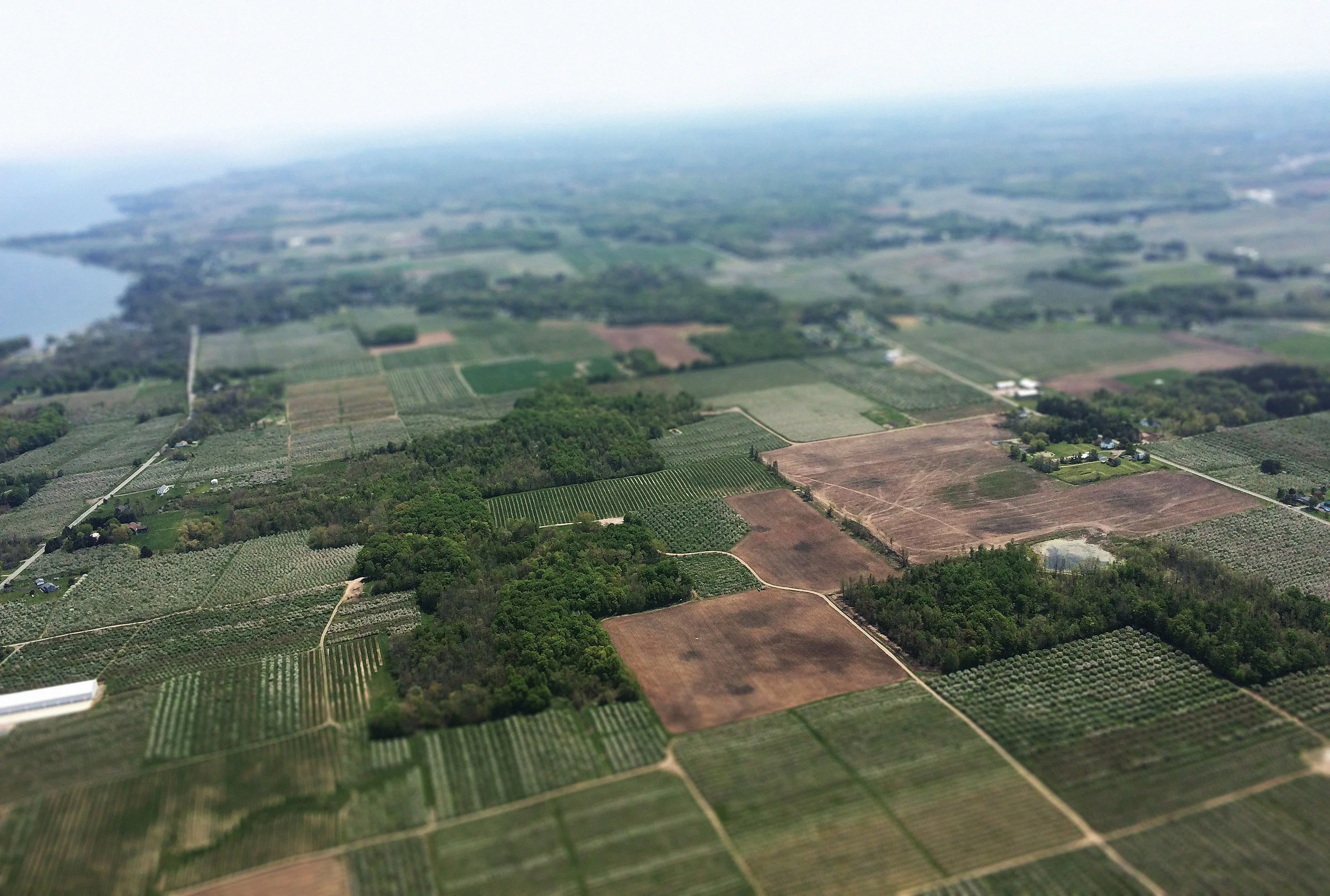OUR WORK
____________
Dozens of stakeholders from many sectors across the region have come together and developed guiding documents and helpful resources. Please click the links below to read more.
PRIORITIZATION MAPPING TOOL
____________
We use GIS mapping technology to determine the watersheds in Northwest Illinois with the greatest potential for recovery. From there, we prioritize areas in the watershed where people are interested in doing more. The region is vast, and the goal of this tool is to know where to begin. To download the tool, user guide and learn more, click here.
OUR TEAM
_______________
The Steering Committee, Urban & Developed Lands Group and GIS Tool Group are developing a set of policy and practice recommendations prioritized by what will have the greatest impact on water quality. Once the recommendations are finalized, the teams will organize by watershed or geographic area to spread awareness about those practices and encourage policies to be adopted.
LEADERSHIP TEAM
MEMBERS:
Jim Johannsen, Jo Daviess Conservation Foundation
Kerry Leigh, Natural Land Institute
Susan Lehnhardt, Resource Environmental Solutions, LLC
Sheila McCabe, Resource Environmental Solutions, LLC
Brandon Moore, Resource Environmental Solutions, LLC
Karen Lewis, Bluestem Communications
John Harris, a5 Branding & Digital
Lizzy Kreindler, a5 Branding & Digital
STEERING COMMITTEE
MEMBERS:
Beth Baranski, Jo Daviess County League of Women Voters
Dave Carlson, Oak Brook Trout Unlimited
Leon Hinz, Jr., Illinois Department of Natural Resources
Jim Johannsen, Jo Daviess Conservation Foundation
Kerry Leigh, Natural Land Institute
Jennifer Nowicki, Jane Addams Land Foundation
Rebecca Olson, Olson Ecological Solutions
Dan Payette, Blackhawk Hills Regional Council
Scott Tomkins, Illinois EPA
Nancy Williamson, Natural Land Institute Trustee
Urban & Developed Lands
Urban conservation practices include collecting rainwater, landscaping to reduce runoff, aerating soil, installing porous pavement, picking up pet waste, reducing fertilizer use and installing green roofs. These practices maintain healthy soil, reduce air pollution and keep wastewater out of sewers. The Urban and Developed Land working group brings together policy makers, homeowners, municipalities, businesses, industry and others to make conservation practices commonplace.
MEMBERS:
Beth Baranski, Jo Daviess County League of Women Voters
K. Bartlett Durand, Sand County Foundation
John Harris, a5 Branding & Digital
Larry Hewitt, City of Byron
Kristin Hinds, City of Freeport
Dan Kane, Boone County Conservation District
Kerry Leigh, Natural Land Institute
Isamari Mandujano, Boone County
Todd Marshall, Winnebago County Health Department
Allen Mills, Region 1 Planning Council
Mark Moran, City of Galena
Dan Payette, Blackhawk Hills Regional Council
Jay Solomon, UIEX Jo Daviess, Stephenson, Winnebago
The Urban & Developed Lands Group meets regularly. To join, email us.
GIS Tool Group
We know who, what, why and when – but we need to determine where. This working group uses GIS mapping technology to determine the watersheds in Northwest Illinois with the greatest potential for recovery. From there, we prioritize areas in the watershed where people are interested in doing more. The region is vast, and the goal of this working group is to help us know where to begin.
MEMBERS:
David Aslesen, Resource Environmental Solutions, LLC (Retired)
Jim Johannsen, Jo Daviess Conservation Foundation
Susan Lehnhardt, Resource Environmental Solutions, LLC
Kerry Leigh, Natural Land Institute
Karen Lewis, Bluestem Communications
Sheila McCabe, Resource Environmental Solutions, LLC
Brandon Moore, Resource Environmental Solutions, LLC
David Holman
Nick Miller, The Nature Conservancy
Kristopher Reynolds, American Farmland Trust
Trevor Sample, Illinois EPA
The GIS Tool Group meets regularly. To join, email us.
Working Lands (Farmland) Group
Conservation agriculture is a set of farming practices that are good for the environment - and can save farmers time and money. From cover crops and conservation tillage, to bioreactors and constructed wetlands, conservation practices are designed to reduce pollution, protect soil and preserve family farms and nature for generations to come.
The agricultural community played a vital role in the early phases of Healthy Land & Water by helping to develop the mission, vision and goals that guide us. We are currently pursuing funding that will allow for impactful partnerships with farmers, landowners, and others in the field of agriculture.
